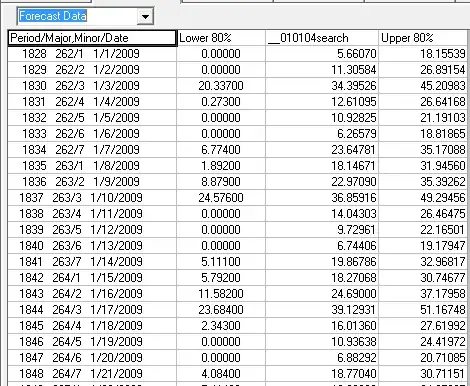Consider you have defined a statistical model for the potential outcomes $Y_i(0)$ and $Y_i(1)$ for each experimental unit $i=1,\cdots, N$, as in Rubin (1978)'s model-based inference for causal effects [see also Rubin and Imbens (2015)]. You fit the model to the data and use the fitted model to impute the values you don't observe and obtain the unit-level treatment effect: $Y_i(1) - Y_i(0)$. Within a Bayesian framework, you will typically do the imputation multiple times drawing the model parameters from the posterior distribution to get the distribution of the unit-level treatment effect (and hence compute the average treatment effect or ATE).
If you are interested in the Quantile Treatment Effect (QTE) you can proceed in two ways.
You can compute the desired quantile for the $N$ simulated $Y_i(0)$ and $Y_i(1)$ and then take the difference $Q(Y_i(1)) - Q(Y_i(0))$.
Alternatively, you can compute the quantile of the unit-level treatment effect: $Q(Y_i(1) - Y_i(0))$.
I have seen people treating these two quantities as interchangeable, but I believe they have a very different interpretation. Any thoughts on how to interpret these quantities? Thanks
